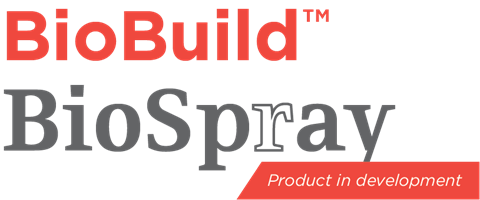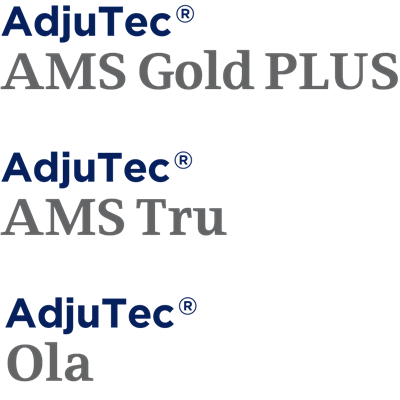Brought to you by: Jonah T. Johnson, MS, CPAg, CCA - Sales Agronomist, PCT | Sunrise
May 8, 2019: Do you have large weed populations in your fields? You are not alone. Looking to introduce biology into soil, reduce biomass and boost your herbicide efficacy?
The USDA/NASS stats reiterate what we are all currently experiencing! Recent data for Ohio says only 2% of Ohio’s projected corn acreage was planted - compared to 20% last year and 27% for the five-year average. Frequent rain events, followed by below average air temperatures has kept the planting process to minimal levels, yet the weeds keep growing!
The question now arises…” what can I do to mitigate heavy weed populations…how can I help break the residue and release nutrients in the biomass…and I want to increase soil health at the same time!”
The good news is we still have great potential to produce a successful corn and soybean crop in 2019. We also still have time to plant the hybrid and soybean maturities we initially intended to plant across Ohio. As we mentioned in our Agronomy Tips from last week, OSU has some great tips on adjusting your herbicide program in relation to the current weed pressure that we are facing. Click Here to read article.
BioBuild BioSpray
Biobuild BioSpray is a new product in development that is a tank friendly component that can easily be added to your burndown program. BioSpray is a great option to increase biological activity in your soil and is a specifically designed biostimulant technology containing a beneficial microbial team along with organic acid complexes, plant derived hydrolysates, rhizobia, nitrogen and soil-penetrating technologies to provide a biological benefit for producers who do not have “in-furrow” capabilities.
with organic acid complexes, plant derived hydrolysates, rhizobia, nitrogen and soil-penetrating technologies to provide a biological benefit for producers who do not have “in-furrow” capabilities.
Beneficial microbial population can help breakdown crop residue, increase seedling emergence and uniformity, enhance crop vigor, increase root mass, facilitate better nutrient uptake, increase nitrogen-fixation (in leguminous crops) and reduce plant stress from environmental factors.
Heavy weed populations and previous years’ crop residue can break down faster, nutrients can be released from the residue, and fields can begin to dry out quicker… not to mention the increased soil health benefit from the introduced soil microorganisms. This coupled with the herbicide application can be more advantageous, especially in no-till situations.
- BioSpray’s use rate consists of 32 oz/acre and is compatible with most tank mixes and fertilizers. If in doubt, perform a jar test.
- This is a product in development, and this could be a good time to try a trial this year. Contact your ASA to setup a trial to get experience with this new product.

Weed Control Adjuvants
If applying a “low-volatile” dicamba (XtendiMax, Engenia or FeXapan) in your burndown recommendation, we must make sure we have a deposition agent, drift management aid and water conditioning (non-AMS products) ingredients like AdjuTec Ola, which offers an “all-in-one” solution.
If you find certain fields have heavier weed pressures than anticipated, additional adjuvants may be warranted.
AdjuTec Last Shot
Last Shot is a superior deposition aid and significantly improves uniform coverage, adhesion and penetration of the active ingredient through waxy or weather-hardened cuticles. Last Shot is formulated with an AMS-FREE water conditioner which helps to prevent the loss of active ingredient efficacy that can occur when the mixing water is mineral-saturated or of unknown quality.
It is recommended for use with a broad range of crops and non-crops when tank mixing active ingredients like glyphosate, glufosinate, 2,4-D and dicamba. Last Shot improves uptake of your herbicide in adverse conditions early or late in the season.

Usage Rate & Application Directions:
Glufosinate
- 1 qt/100-gallon (0.25%) tank mixed with ammonium sulfate (e.g. dry, spray grade AMS) at least 1.5-3 lb./Acre rate
Low-volatile dicamba and low-volatile dicamba tank mixes (XtendiMax, Engenia or FeXapan)
- AdjuTec Last Shot is labeled for use with XtendiMax, Engenia and FeXapan
- AMS is not to be used for water conditioning in this herbicide program
- AMS can make spray solution more acidic and in turn, more volatile
- Using an “all-in-one” product for deposition agent, drift management aid and water conditioning (non-AMS products) like AdjuTec Ola assists in optimum herbicide performance in this program
- To increase the efficacy and herbicide performance in the “low-volatile” dicamba program, adding AdjuTec Last Shotwill help control large weed populations
- AdjuTec Last Shot use-rate is 1 qt/100-gallon (0.25% v/v)
- A minimum of 15 gallons per acre spray carrier is needed with appropriate sprayer nozzles
- Low-volatile dicamba and label approved glyphosate should not use an oil adjuvant, as this will decrease efficacy of the glyphosate.
- AdjuTec Last Shot will increase efficacy in this herbicide mix as well
Low-volatile 2,4-d and low-volatile 2,4-d tank mixes (Enlist One and Enlist Duo)
- Use an appropriate AMS rate to conditioner product like AdjuTec AMS Gold Plus with AdjuTec Last Shot where appropriate
- Follow the same use-rate/weed-height ranges (e.g. 0-6, 6-12 and 12-14 inch weed height) as the glyphosate and tank mixes mentioned above